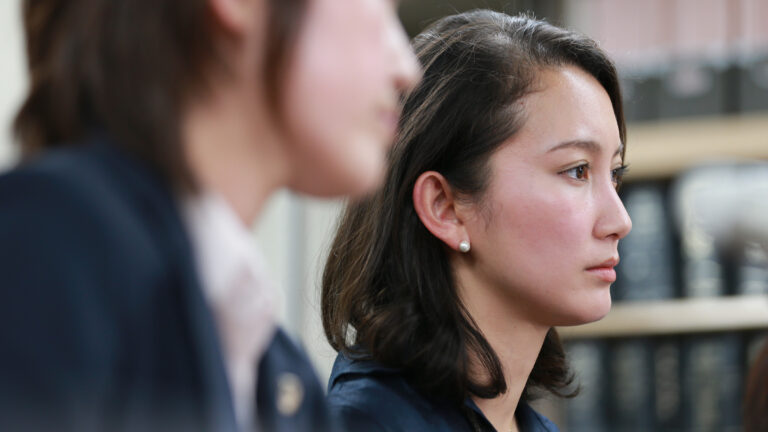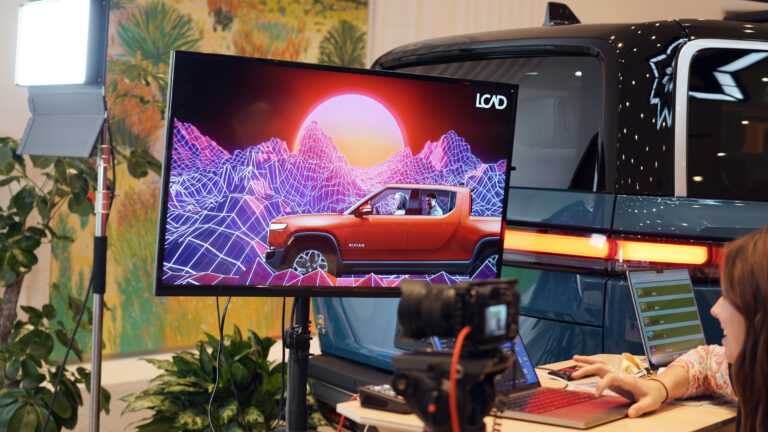As anyone who’s been in this business can tell you, no two workflows are exactly the same and every shoot invariably comes with new surprises.
It’s also no secret that filmmaking is complex, expensive, and labor-intensive. So it’s no wonder that filmmakers often rely on tried-and-true processes and technologies, and can be wary of change. Altering even one step of a process can set off a chain reaction that can unravel an entire workflow.
But for pros at the leading edge, like the team from optics giant Zeiss, embracing change is what keeps you at the top.
During the 2020 Sundance Film Festival, Zeiss needed to turn around a major project in a record amount of time, so they reached out to Frame.io to test an early prototype of our Camera to Cloud technology. Frame.io C2C automatically transmits proxy files to the cloud, so production teams can view footage from anywhere, and editorial teams can start cutting immediately. And this brand new tool was exactly what they needed to work faster than ever before.
An ideal use case
Founded in 1846, Zeiss is renowned in the motion picture community for its superior lenses and camera technology.
They typically travel to Park City to interact with the participating filmmakers, as well as to capture interviews for educational material that serves the wider industry.
“We’re interested in what cinematographers are going through in their work, because they’re artists and technologists all in one,” says Snehal Patel, Sales Director for Cinema for the Americas. “By creating lenses, we’re essentially creating paintbrushes for cinematography, and we like to see the outcomes. So we’re here celebrating the result of all the hard work that everyone does.”
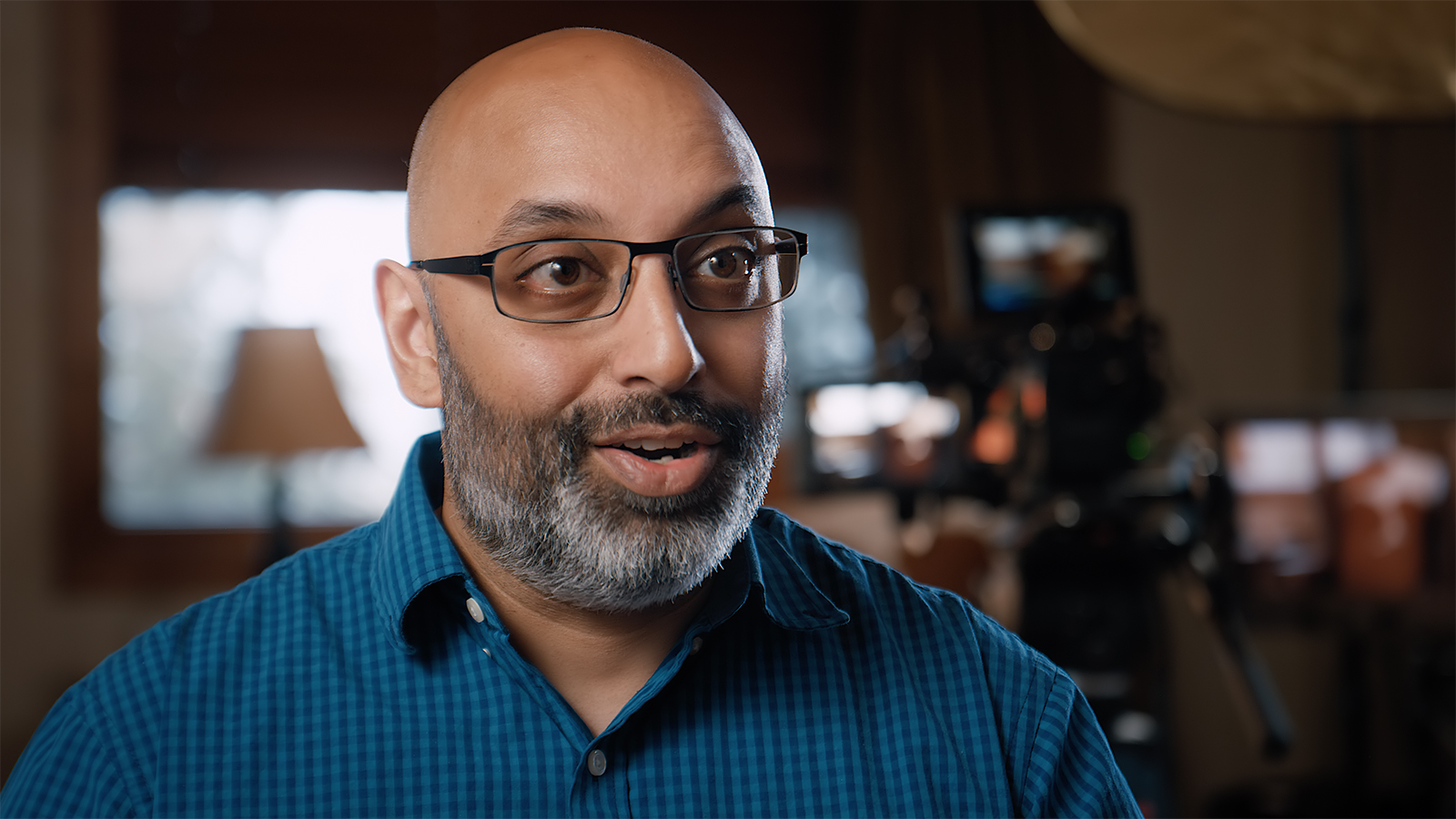
A longtime videographer and content creator, Patel speaks the language of film and understands how to break down complicated technologies to make them more widely understandable. It’s part of why he was able to envision the process for this new way of working.

“We create a lot of content at Zeiss to communicate about new products and to show examples of something interesting that has been created,” he says. “And we produce these with an in-house team and maybe a couple of freelancers. What we want to do while the Festival is in progress is to make content that is timely, because the film is being released that year. But it’s also timeless as a document. The process and techniques that a cinematographer used is always educational.”
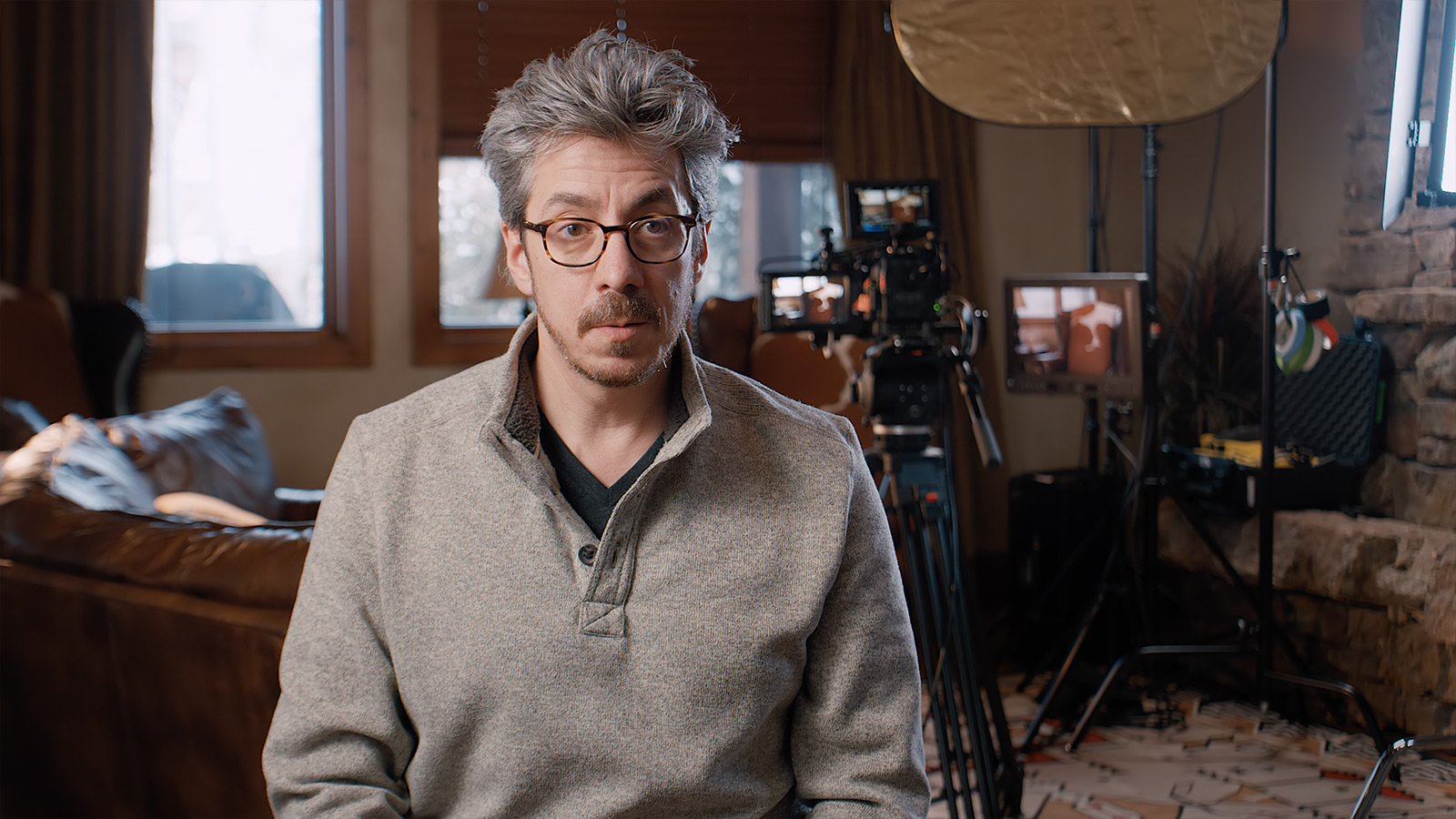
Tony Wisniewski, Senior Marketing Manager for Zeiss Consumer Optics, planned for the team to shoot five interviews, all from a local property Zeiss rented. Additionally, they shot three presentations at a day-long event they hosted in downtown Park City that allows filmmakers to not just see the new products but to also see each other’s work and to enjoy mixing with industry peers.
“We’ve done the interview series for a couple of years now,” he says. “But this time we wanted to step it up and make more of a presentation, creating new content that we want people to see and take part in.”

Frame.io Global SVP of Innovation, Michael Cioni, has known Patel for years. “We’d done several tests of the C2C process and there’d been some coverage in the trades and information on social media around it, and Snahel called me and said, ‘We have a perfect application for this,’ Cioni says.
“They were shooting interviews in Park City but their editor was based in LA, and they had to deliver these pieces while the Festival was in progress. It ticked all the boxes as a test case for our first commercial deployment of our system.”
The Frame.io C2C system was designed to enable distributed teams to work together, from wherever they are in the world—in real time—by closing the gap between production and post.
Suddenly, what was once a linear process has become far more interactive, facilitating communication between directors, DPs, and editors, and allowing them to work together simultaneously. In much the same way that NLEs revolutionized the post process, a non-linear workflow will revolutionize the production process.

For this particular project, the images were captured with an 8K RED camera. Teradek, who has partnered with Frame.io for the C2C launch, has developed a new integration with Frame.io within their CUBE 655 encoder. The way it works is that each time the camera was triggered, files were automatically sent to the CUBE which instantly created high-quality H.264 proxies.
The proxies flowed directly into a Frame.io Watch Folder in the cloud for the editor to access immediately in DaVinci Resolve. Every clip had matching timecode and metadata that referenced the original camera files, and the Park City team could also view the footage as it was being shot through Frame.io on their iPhone, iPad, or laptop to quickly choose and mark their select takes so their editor could start cutting right away.
Old meets new
As lead editor Bryan Tanori explained, the density of the shoot and deliverables were substantial.
“Over the course of three days, the team interviewed the filmmakers, as well as shooting the presentations. We also needed B-roll. We cut about ten videos in total, but the immediate needs were for the fifteen-, thirty-, and sixty-second teasers for social media.”
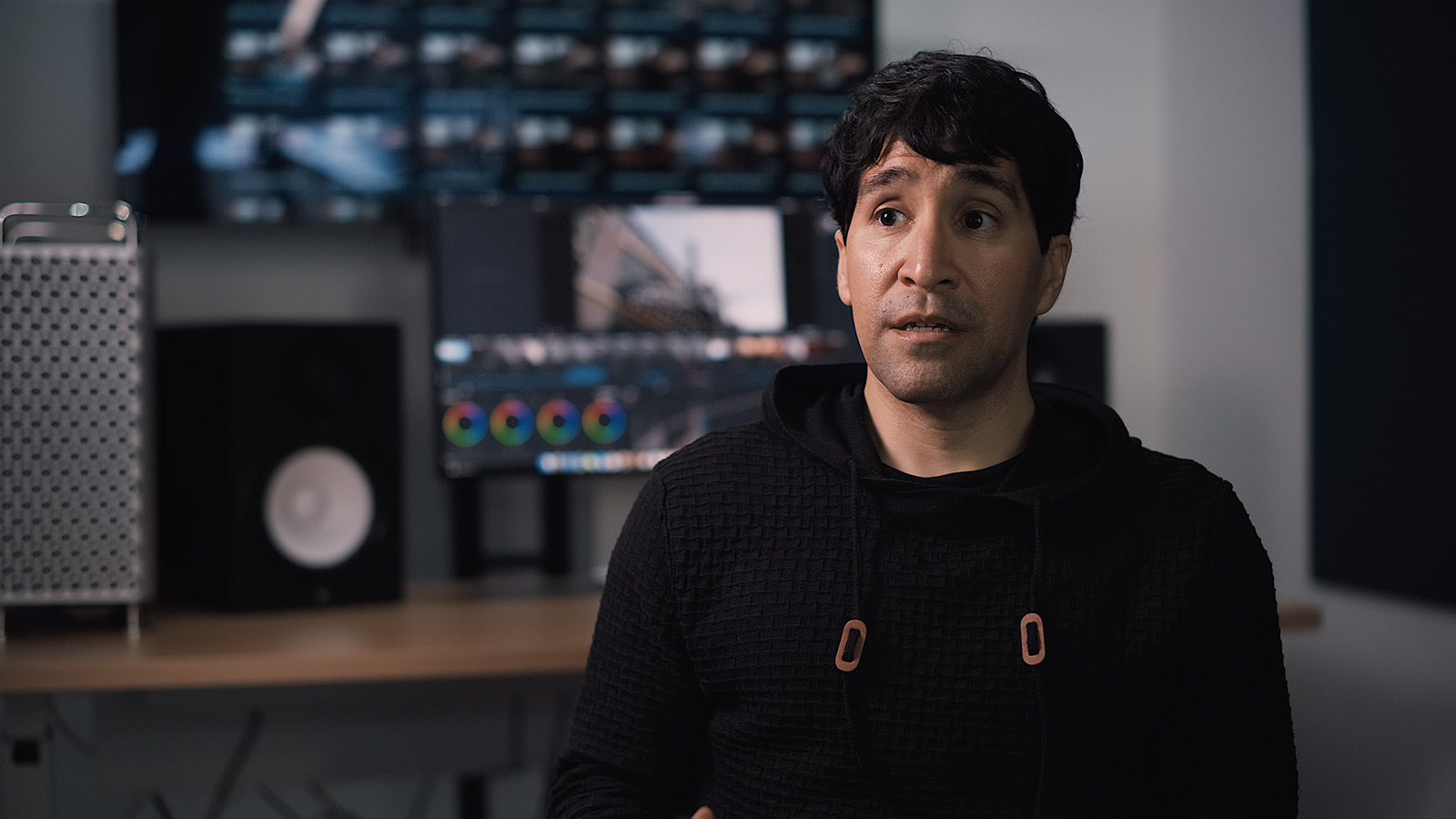
Tanori and Patel had been collaborators for almost ten years, even before Zeiss, during which time they’d developed all sorts of different workflows for different kinds of projects. “When Snahel told me that we were going to try something new with Zeiss in Park City and me in LA, I said, ‘Sure, why not?’ I was up for anything. We thought it would be a great opportunity to implement new technology and new methods.”
As an editor who not only travels extensively to work on location on short-turnaround projects, but also works on multiple NLEs and systems, Tanori’s success depends upon meticulous organization.
“It’s important to me to have a system in place that can keep up with my workflow,” he says. “I use the same hierarchy system that I use from the Finder level, so Frame.io Watch Folders are essential.”
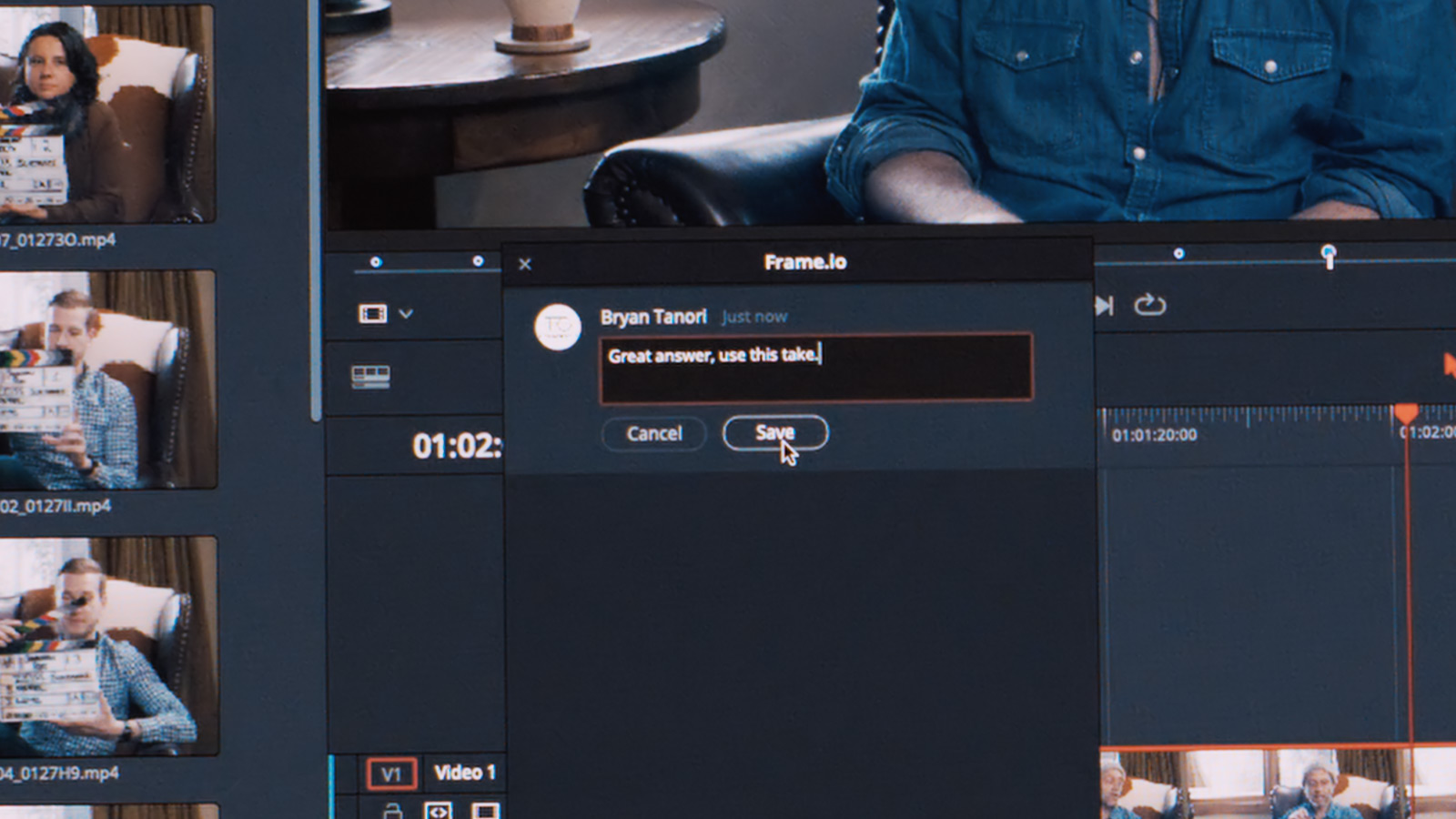
The new workflow worked even better than Tanori—or Zeiss—could have imagined.
“When we first started this series a couple of years ago, the workflow was extremely clunky,” Wisniewski says. “We used to have to ship drives, but now with C2C Brian’s able to start editing as we’re creating the content. It’s been very streamlined.”
A time machine
Both Tanori and Patel have witnessed the changes in the production/post-production process from analog to digital tape to tapeless digital workflows.
And while parts of the process became easier—not having to ship or carry heavy tapes, not having to wait in real time for media to load, for example—the kind of change that a cloud-based workflow offers can truly be, in Patel’s words, “game changing.”

Eliminating the need for producers or editors to travel to the set is a huge logistical and cost advantage.
Another is compressing the turnaround time from capture to delivery. In the past, delivering the videos created during the Festival typically took weeks—or longer. “We’re communicating about a film festival that’s happening today,” Patel says. “So now, before the end of the week, we’ll already have a video that’s ready to go.”
But even more than the timeliness of delivery is the prospect of what you can do with all the time you’ve saved. For creators, that’s a seismic shift in how you approach and finish a project.
“Right now, the process is cumbersome. You shoot and then you have to duplicate the material on set. Then you send it to a post house for them to process the images. After a lot of work has been done, the editor then has access to it and can start getting creative,” Patel says. “So from camera to creativity is a long line.”
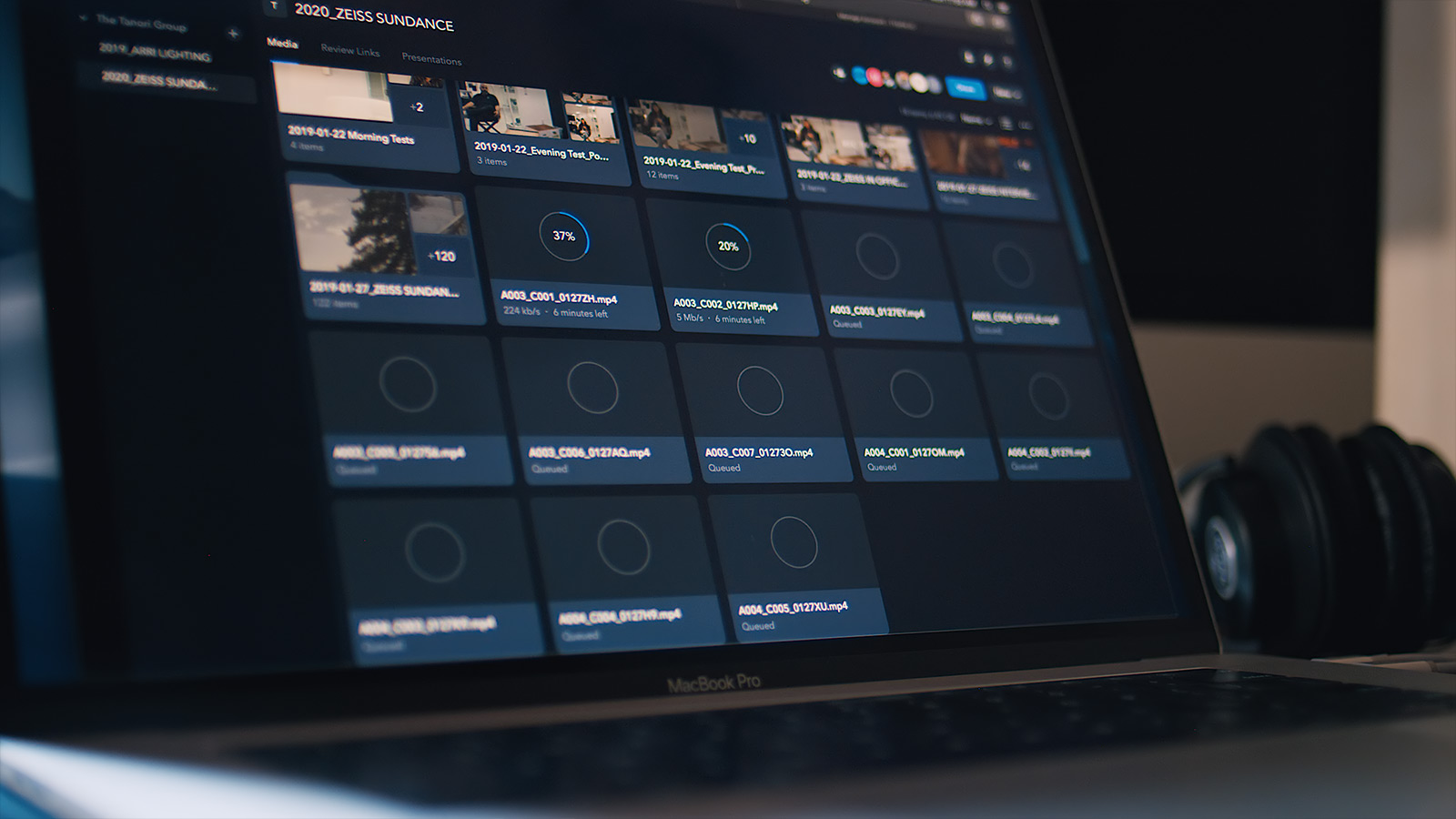
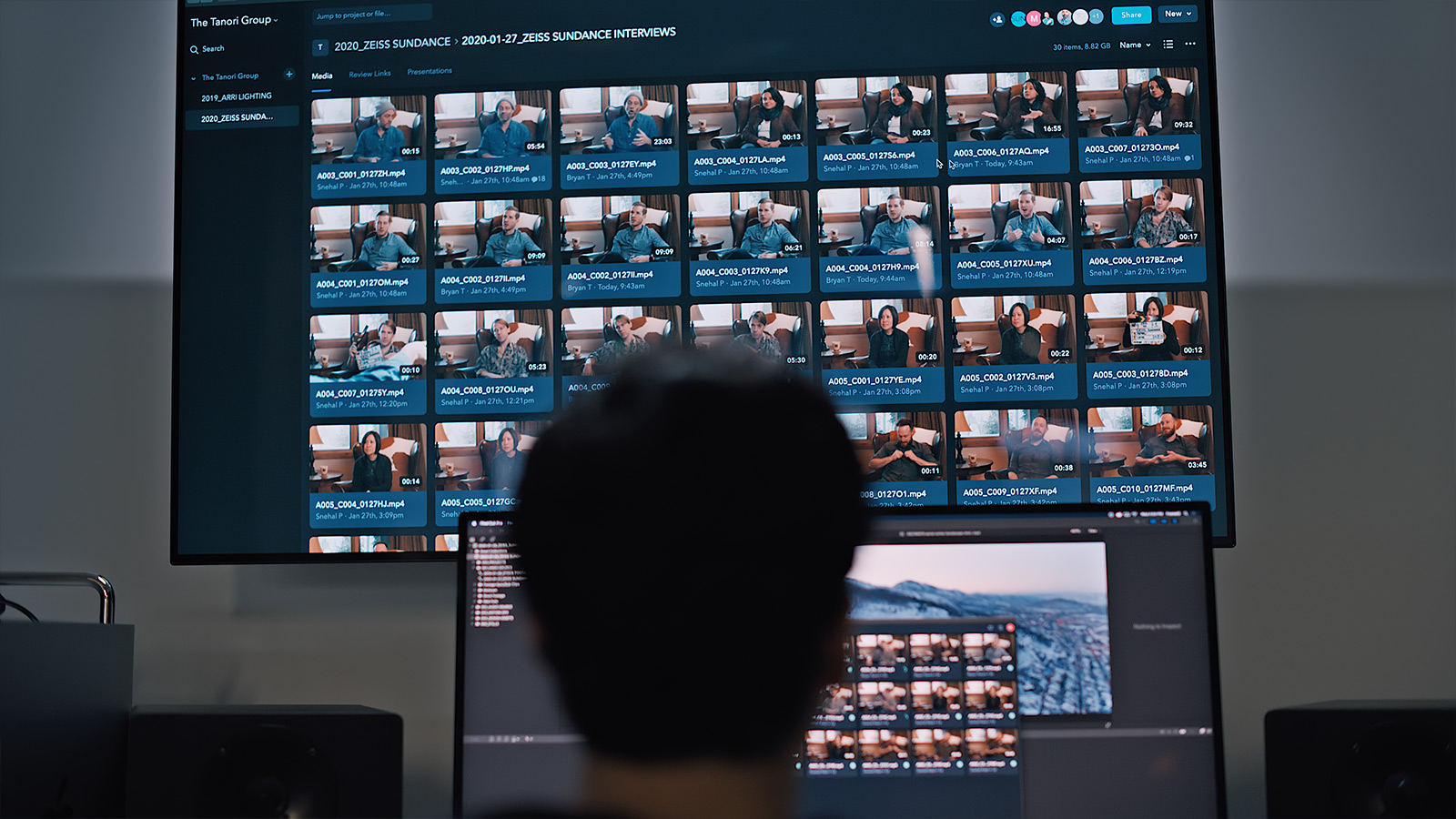
“What we’re seeing here is a precursor to feature film workflows,” he says. “Footage goes to the cloud and everything is instantaneously accessible. That means you can cut out the laborious part of the process and go straight to the creative part. You can spend the money you’ve saved on labor to actually make the film look better, rather than worrying about how you’re getting it done.”
Michael Cioni often talks about C2C as a kind of time machine. “Time is the rarest commodity on the set of any production. And a tool that actually makes better use of people’s time is a tool that will free people up to be more collaborative quickly.”
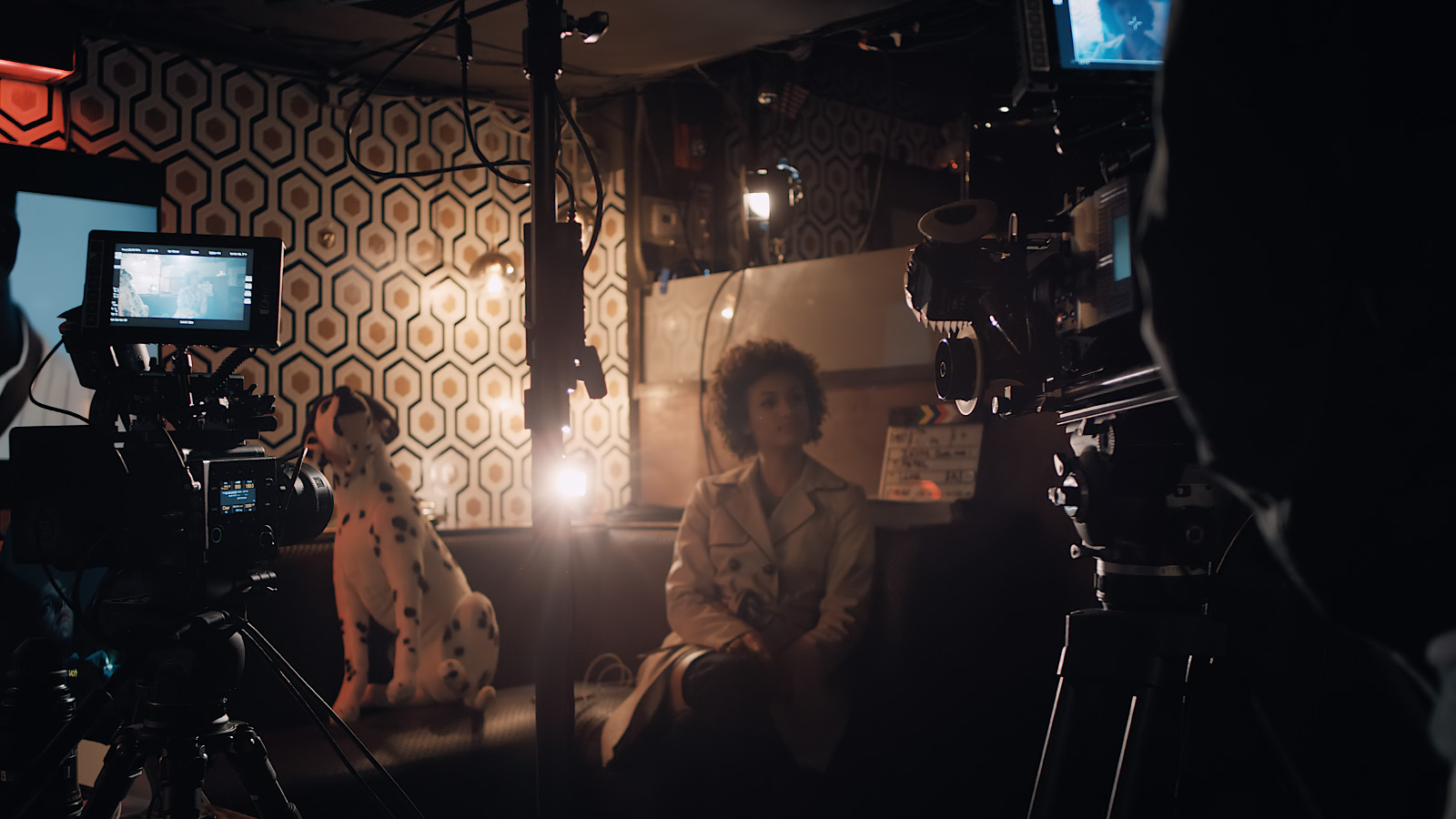
The other way in which filmmakers will find an on-set time machine valuable is, of course, the ability to immediately address mistakes or problems that an editor (or other creative collaborator) spots by having fast access to the footage. “I was able to quickly communicate if we needed a different angle or position,” Tanori says.
“In the past, that would have been a ‘fix it in post’ type of situation, but that’s not the case anymore.”
Tanori was also able to make fixes on the fly. “One morning, I got a call from Zeiss. There was an audio issue in a clip that was about to be used for a presentation. I brought the clip into Resolve from Frame.io, took it into Fairlight, fixed it, and sixty seconds later they had it,” Tanori says. The team’s reaction? “Everybody said, ‘The future is now.’”
The not-so-distant future of filmmaking
It’s noteworthy that two companies who have come to the industry at such different times have converged with a common vision for the future of filmmaking and technology’s role in it.
“In the future, we’ll be able to do this with the original camera files,” Patel says. “I’m not going to need to rely on an SSD card that can easily get into the wrong person’s hands. Why do the insurers request that you triplicate your footage when they give you a bond for a major motion picture? Because they know that drives fail and cards fail. But the cloud is different. Your footage is there automatically.”
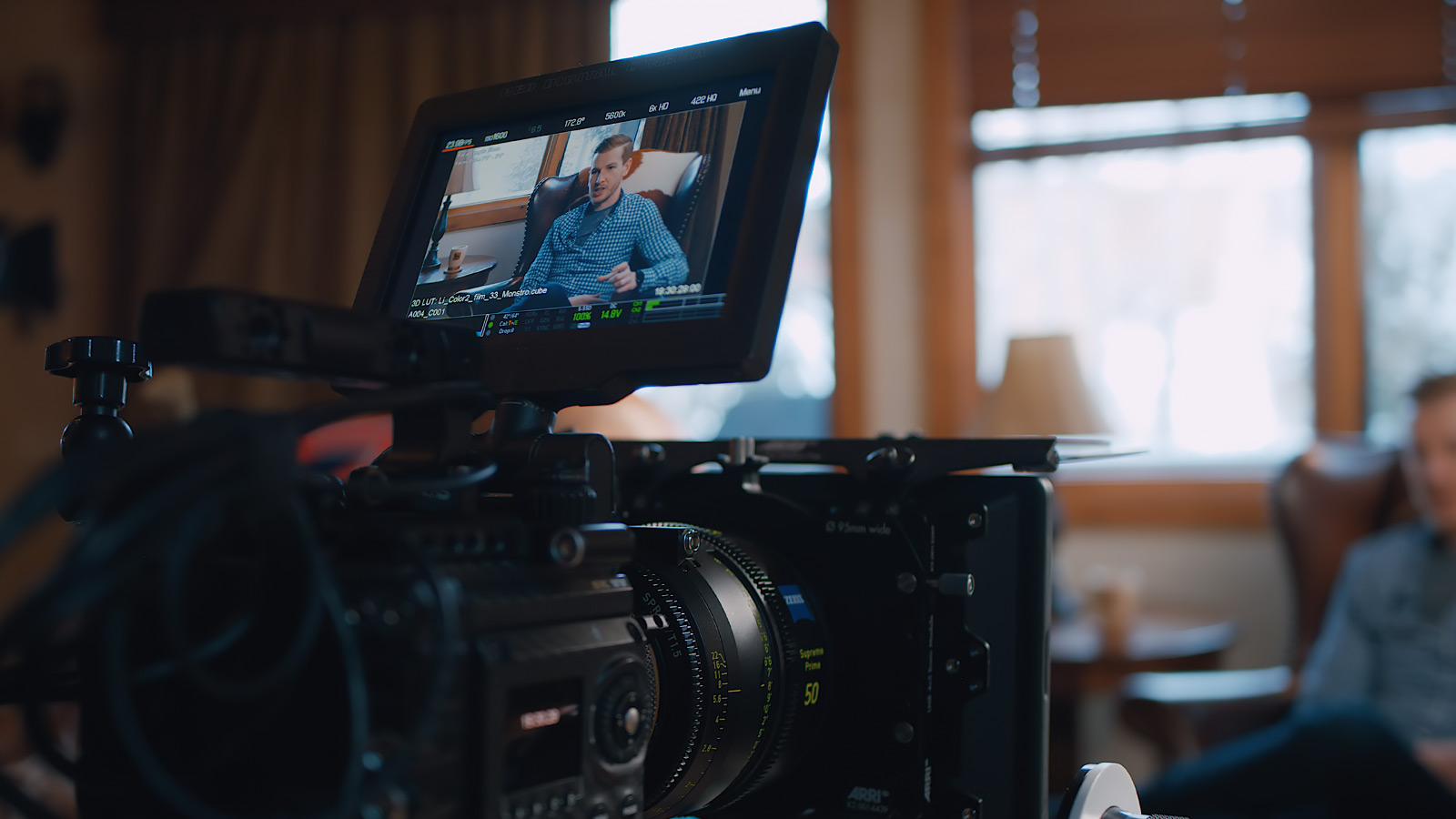
Another factor that will play a major role in realizing that scenario is the increase in 5G coverage. “We’ve been taught that you have to have wifi to move files. But cellular technology is getting faster and faster,” Cioni says. “So even when you’re in hotels or Airbnbs, like the Zeiss team was, we were able to move the proxy files faster than in real time. In fact, every interview that was captured was transmitted through Frame.io faster than real time.”
The 2020 Festival took place prior to the COVID pandemic’s quarantine, but even without the imperative of social distancing and remote work, the benefits of having a distributed team were evident to Zeiss.
“Our society is changing how it consumes content,” Cioni says. “When you look at TikTok or Instagram or Snapchat, you realize that everyone wants to be in the now. But it doesn’t mean we have to make sacrifices in order to produce high quality content. The Zeiss footage was shot in 8K with some of the best lenses in the market. Cinematic quality and timely consumption are no longer mutually exclusive.”
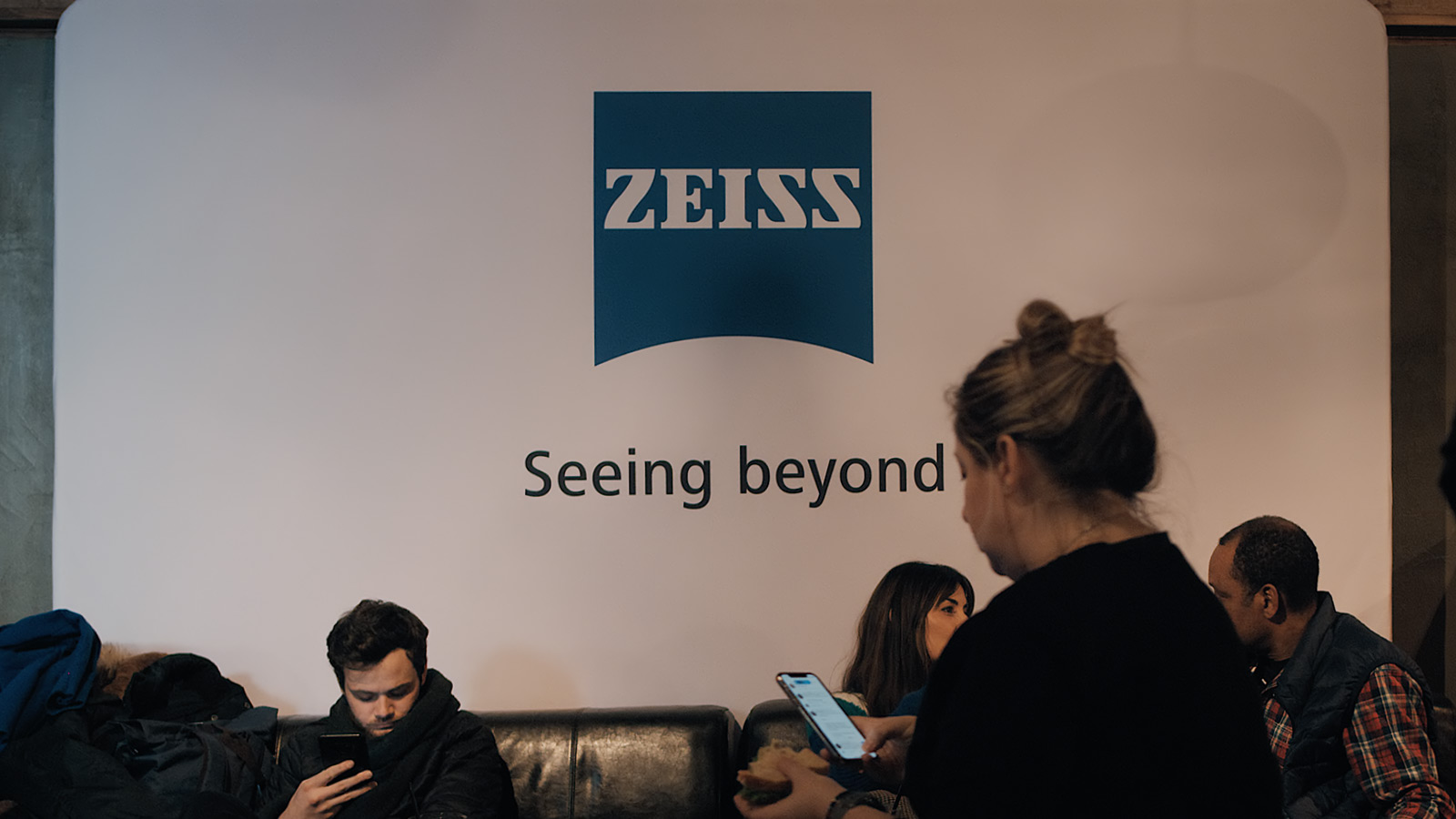
If there’s anything that made Zeiss and Frame.io a kind of “peanut butter and jelly” partnership, it’s that we share a common view of the role of technology in creativity. “What’s making people interested in C2C is that they’re seeing how it can be applied to their custom workflows,” Cioni says. “It’s not a solution that has one move. It’s designed to be liquid so that the creators are feeding the technology rather than the technology dictating how the creator should work.”
It’s the reason that Zeiss attends the Festival. To hear from the creators. To understand their process. To make better lenses—or paintbrushes—for cinematographers to create their canvases.
And whether those paintbrushes started being manufactured in 1846 or 2020, we’re working together to give artists the tools they need to be at their creative best. If you’re eager to start using C2C, we’re already accepting beta requests, and full availability begins in March 2021.


